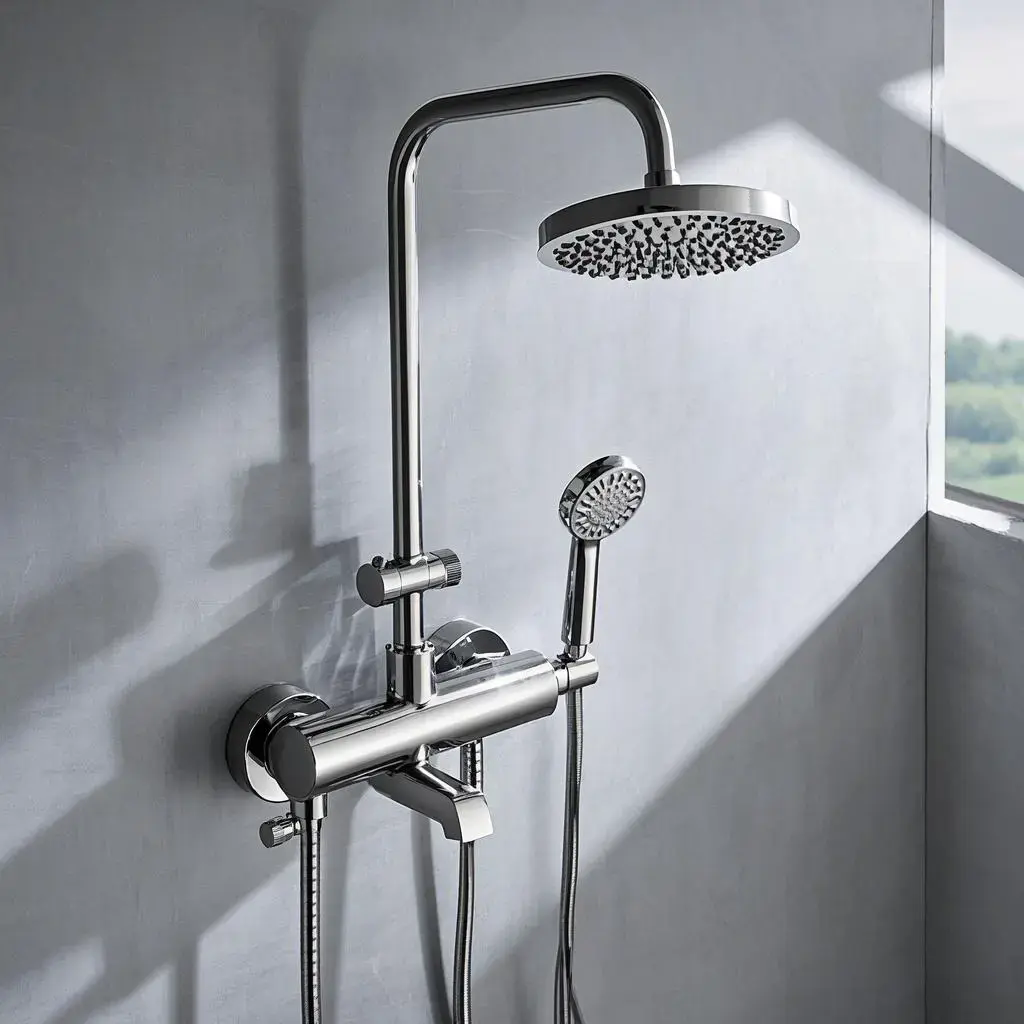How to Choose the Best Stainless Steel Product Pipe for Your Project?
2025-08-15
Stainless steel product pipes are essential in various industries, from construction to oil and gas. Selecting the right pipe ensures durability, efficiency, and cost-effectiveness. This guide explores key factors to consider, including material grades, dimensions, and applications, helping you make an informed decision.
Understanding Stainless Steel Product Pipes
Stainless steel pipes are known for their corrosion resistance, strength, and versatility. They come in different grades, such as 304, 316, and 321, each suited for specific environments. Common applications include:
Chemical processing (acid-resistant pipes)
Food & beverage industry (hygienic transport)
Oil & gas pipelines (high-pressure resistance)
Key Parameters to Check:
| Parameter | Details |
|---|---|
| Material Grade | 304 (general use), 316 (marine/chemical) |
| Size Range | 1/2" to 24" diameter |
| Wall Thickness | SCH 5S to SCH 80S |
| Surface Finish | Polished, brushed, or annealed |
| Standards | ASTM A312, A358, ASME SA312 |
Common FAQs About Stainless Steel Product Pipes
Q: What’s the difference between seamless and welded stainless steel pipes?
A: Seamless pipes are formed without welding, offering higher strength for high-pressure applications. Welded pipes are cost-effective and ideal for low-to-medium pressure uses, such as water transportation.
Q: How do I prevent corrosion in stainless steel pipes?
A: Choose the right grade (e.g., 316 for saltwater exposure), ensure proper installation, and avoid contact with carbon steel to prevent galvanic corrosion. Regular cleaning with pH-neutral solutions also helps.
Industry Trends & Innovations
Recent advancements include lean duplex stainless steel (cost-efficient yet durable) and 3D-printed custom fittings for complex installations. Sustainability is also a focus, with manufacturers optimizing recycling processes.
Why Choose SHUANGSEN for Your Stainless Steel Pipes?
SHUANGSEN delivers high-quality stainless steel product pipes with certifications like ISO 9001 and PED compliance. Our products undergo rigorous testing for leak-proof performance and longevity.
Contact Us for a quote or technical support.
